Container Gardening 103: Moisture
Pairing Plants by Moisture Needs
Drainage: Letting the Roots Breathe
How Much Water is Enough for My Plants?
Other Watering Tips
We’ve all been novice gardeners at some point, and even though everyone tells you container gardening is an easy way to start, it still feels like information overload when you’re just beginning. One of the most confusing topics for new gardeners that old hats like us brush over are plant moisture needs.
Seasoned gardeners will tell new jacks that a plant needs “average watering”, that it’s “drought-tolerant”, or that it “needs to be watered well but shouldn’t stay wet.”
Huh?!
We realize that this language can be terribly vague or confusing for folks who are just trying to keep their dang garden pots from dying within a month. So let’s dry up the confusion with our container gardening tips for keeping your plants marvelously moist!
Pairing Plants by Moisture Needs
When you’re a beginner, most of the container garden ideas you’ll find online focus on design based on the thriller, filler, and spiller method. Sorry, hon, but it gets a little more complicated than that.
Since a container garden is a little world of its own, it’s pretty challenging to water one plant in your container without watering them all. That means if you pair a plant that doesn’t do well with frequent watering with one that needs a drink per day, that container is a recipe for sad plants.
Knowing a little bit about your plants before you give them a roommate or two can help you get an idea of how much water each one needs. An important factor is the plant’s native environment. For example, if a plant is native to the American prairies, it is likely adapted to an environment that gets rain about two or three times per month, maybe a little more. A plant that is native to Southeast Asia might be better adapted to very little moisture during the cool season and monsoon-amounts of water in the summer. You can read a little bit about your plants’ moisture needs online, and once you understand where they’re from, you can pair plants adapted to similar climates in the same container.
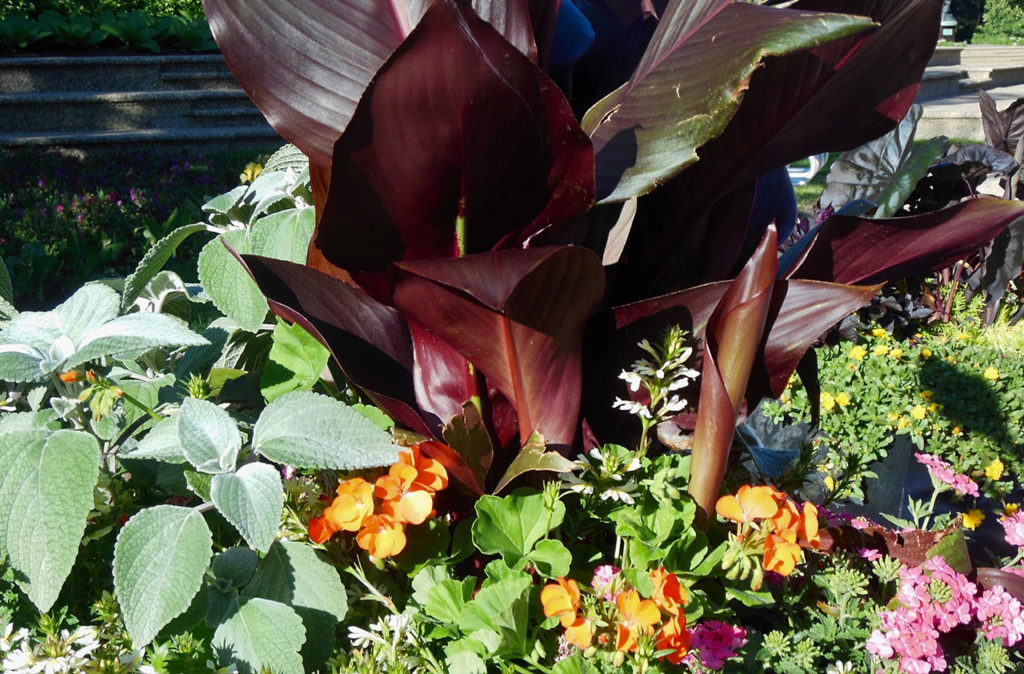
However, there are other factors that impact how much water your container garden will need, like:
Plant Size & Maturity – It’s physics – bigger, older plants drink more than teeny tiny little guys. The faster the grower, the more water it will need to grow.
Size of Your Container – If a container is only big enough to hold a quart of water, it’ll need to be watered more often than a container that can hold a gallon.
Sun and Shade Conditions – Sun, as you might expect, has a drying effect on containers. Containers with some shade cover are kept moist for longer, but some plants need to be in the sun as much as possible.
Temperatures in the Area – Warmer temperatures make for dryer pots. See above.
Air and Wind Circulation – The blow dryer effect. While wind might toughen up your plants and help them grow sturdy, too much can leave them dry and parched.
How Many Plants Are in the Container – The sibling effect. More plants = more roots sucking up the available moisture.
These are all fairly common-sense factors, but together they can be a lot to consider all the time, especially when you have multiple container gardens. Luckily, there’s an easier way. You can keep tabs on the moisture in your containers by using a soil moisture meter. The meter uses a moisture sensor to detect the amount of moisture present in the soil. Just check on your meters daily and water the soil when it falls below a certain level. It’s an easy and inexpensive way to consistently keep your moisture levels where they should be.
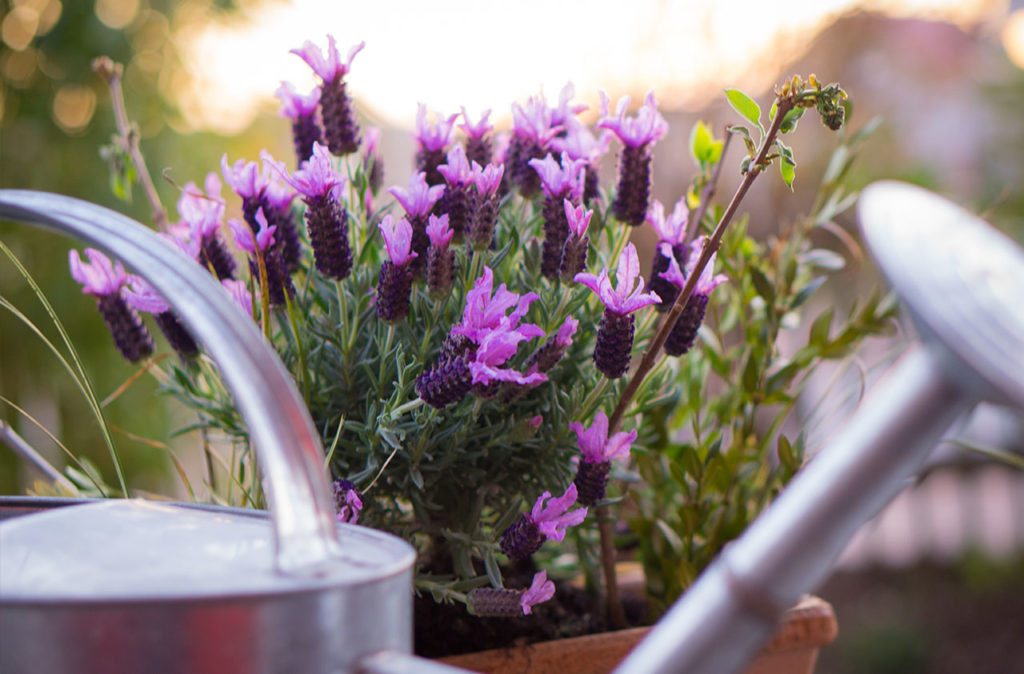
Drainage: Letting the Roots Breathe
We like to think us humans are all high-and-mighty and more complex than plants, but we really have a lot more in common than not. We all eat, drink, breathe, reproduce, and enjoy feeling the sun on our faces. However, rather than lungs, plants have roots to help them breathe — and prevent them from walking away! The roots of the plant function the way our mouths and noses do; they absorb nutrients, water, and oxygen from the soil to keep the plant alive.
Now we humans can appreciate a cool, refreshing glass of water. If we’re good, we might drink all eight recommended glasses per day. By the time someone hands us a twelfth glass, we might decline. If someone hands us a twentieth glass, we might even feel a little sick. If someone holds our head under water and keeps us there, well, we won’t be needing our eight glasses tomorrow.
Now consider a plant’s roots. They’re stuck there, which means they can’t move away when they have more water than they want. It’s up to us to be thoughtful to the needs of our plant roots.
This is why you’ll always see, on plant descriptions, that they require well-draining soil. Soils that drain well have lots of air pockets that hold oxygen and let water pass through quickly. This doesn’t mean the soil is immediately dry. The organic matter and other components of the soil will stay damp so the plant can drink at its leisure until it’s time for another drink. The important thing is that there’s enough air in the soil that the roots aren’t sitting in standing water, which quickly drowns them.
Containers for plants should always have drainage holes in the bottom to allow water to pass through, with a mixture of finer and courses materials to promote drainage. This helps to ensure the plant roots don’t get too much of a good thing.

How Much Water is Enough for My Plants?
When it comes to selecting plants, labels can be notoriously vague with how much water the plant actually requires. Here’s a cheat sheet to help you keep your garden moisture at the right level for your favorite plants.
- Succulents/Cacti: These desert-adapted plants can do with a little water about once per month.
- “Drought tolerant”: The most deceptive label. In our Texas heat, a drought-tolerant plant might last a few days without water, but should still get a thorough drink on a regular basis. During the cooler months, you can let these plants dry out a little between waterings.
- “Average” watering: Water whenever the first inch of the soil surface is dry. Once per day at the height of summer.
- “Heavy drinkers”: Tropicals who thrive in high humidity are pretty well adapted to our climate, but they still need water like no one’s business. Heavy drinkers benefit from a drip irrigation system and ideally also a layer of mulch.
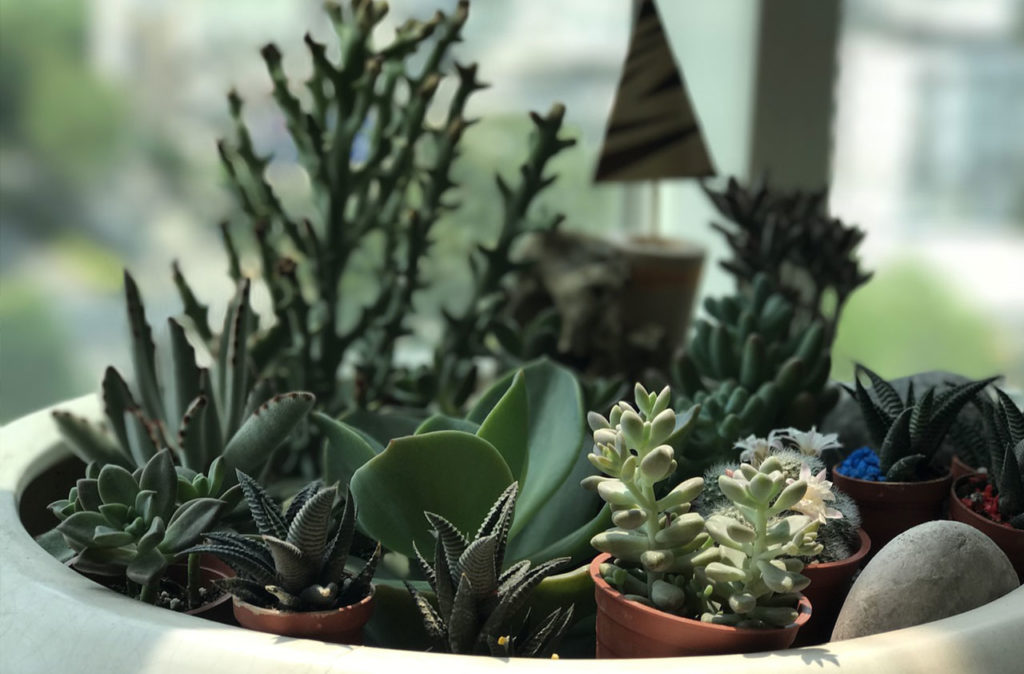
Other Watering Tips
When starting your container garden, also remember to:
Soak the soil, don’t soak the plant – While some tropicals like a little mist here and there, standing water on plants can attract disease. It’s the roots that need the water, not the leaves or flowers.
Lift your container before and after watering – This helps you get a feel for what “dry” feels like and what “damp” feels like, so you can check moisture levels by weight.
Don’t forget fertilizer – Water eventually rinses away synthetic fertilizers, so ensuring you use soils rich in organic matter helps your plants stay healthy. Some synthetic fertilizers can be applied every time you water, but it’s important to read the directions and make sure the product is appropriate for your plants.
Like taking care of a pet, it only takes a little consistent care to get to know your plants’ habits and how much water they tend to need. You’ll soon find yourself looking forward to watering time, when you can check on your plants’ progress and see how fast they’ve grown—all thanks to your special care for their moisture needs.

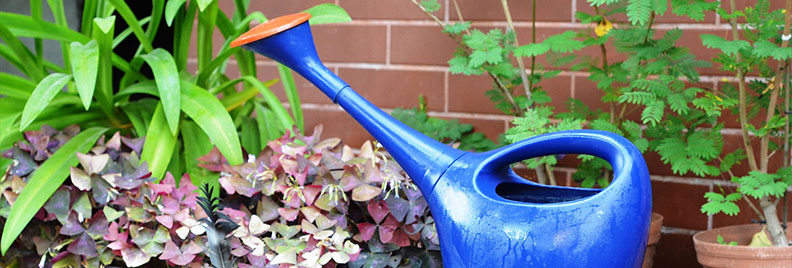
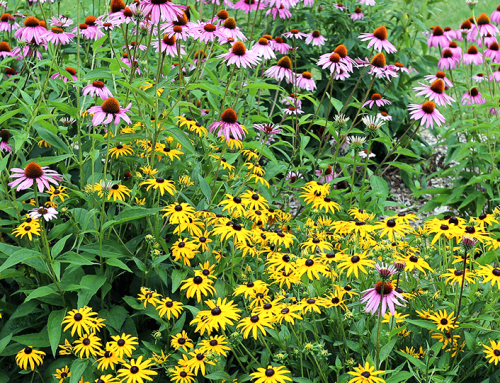
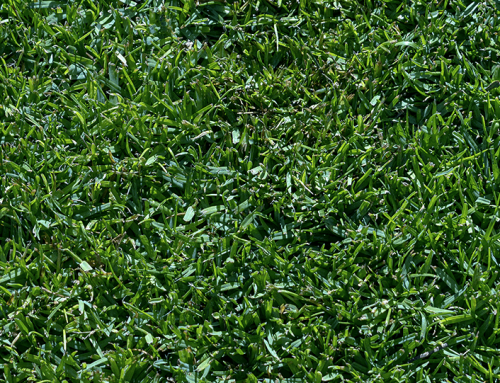
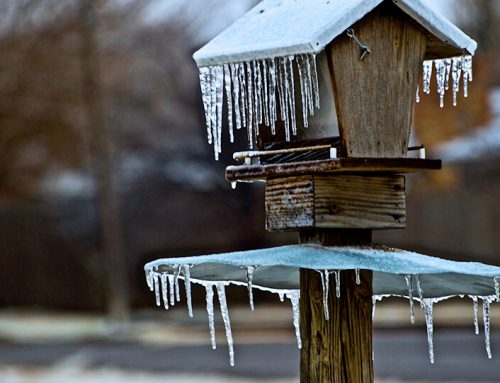
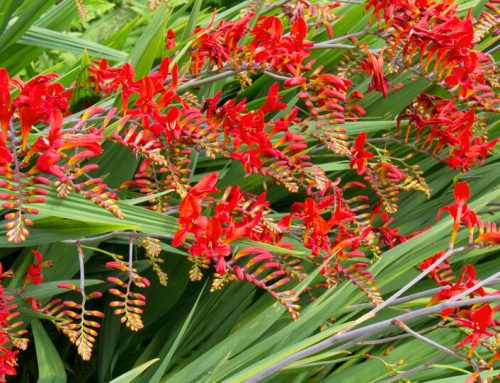
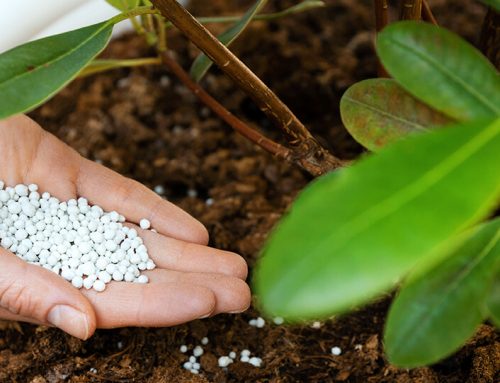
Leave A Comment